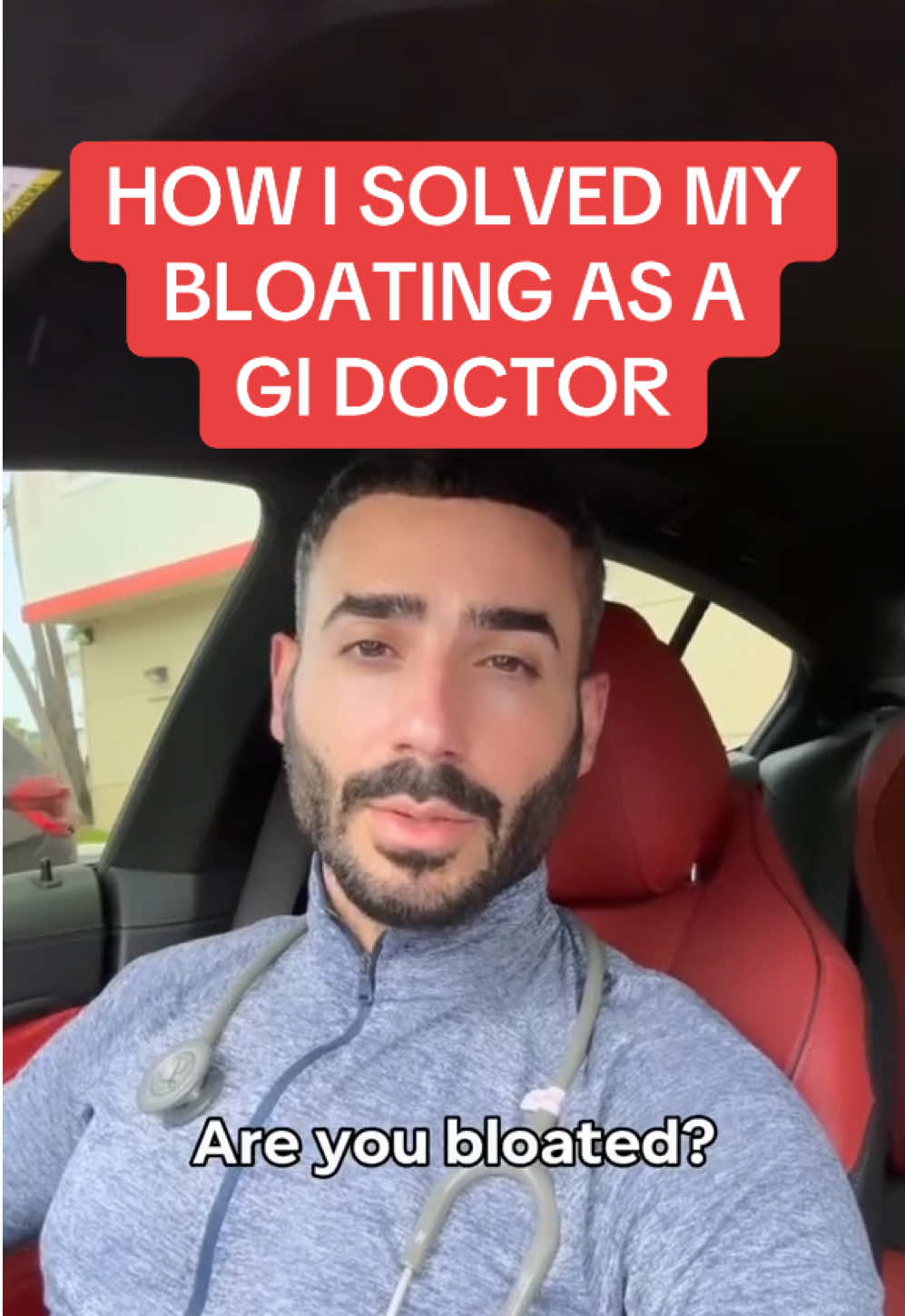juanpantera94
Region: MX
Thursday 13 February 2025 20:09:25 GMT
10461
194
4
2
Music
Download
Comments
Axo :
y si lo desarman denuevo?
2025-02-13 22:32:28
2
ezio :
Yo estuve ahy 🗣️
2025-02-23 05:35:49
0
To see more videos from user @juanpantera94, please go to the Tikwm
homepage.





